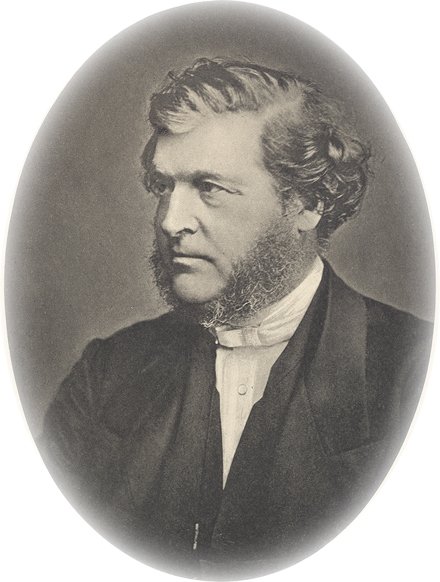
I have received and begun to read Gail Riplinger's Hazardous Materials (see previous post). The first impression is that this is a big book - over 1000 pages. Opening it at random, I found page 845, and was instantly confronted with an egregious historical error about the Knights Templar. Turning back to the beginning of the section, I was amazed to find that Gail Riplinger actually believes The Da Vinci Code (better called the Da Vinci Codswallop) to be of some merit in its historical statements! Thus, on the basis of a work which contains no historical fact worth mentioning, we are told that, "The temples erected by the Knights were used for bizarre rituals of a Satanic nature" (P. 843). Not that she uses The Da Vinci Code as her only source. She also quotes Templar fantasists Laurence Gardener, Eliphas Levi, , Knbight and Lomas, and of course the work of Leigh and Baigent, as if these men had anything useful to say about the Templars. A leading British Historian has described Leigh and Baigent (and by extension all who hold their views) as "Fabulists", and this verdict is true! Missing are references to any credible work on the Templars, such as Helen Nicholson's The Knights Templar (Stroud, Sutton, 2001), Piers Paul Read, The Templars (London, Phoenix, 2003), Malcolm Barber, The New Knighthood (Cambridge, Cambridge University Press, 1994), and Michael Haag, The Templars: History and Myth (London, Profile, 2008). Each of these books exposes the fantasies of the works cited by Riplinger, and shows that the idea of the Templars as occultists is simply the product of over-active imaginations.
First of all, the charges against the Templars were not believed outside of France, and the Templars outside of France did not confess to the same charges that the French Templars did. Secondly, the Templars in France only confessed after hours, maybe days, of severe torture. Third, the Pope himself did not believe the accusations made by the King of France, accusations made, as all reputable historians now seem to agree, with the aim of seizing the assets of the Templars, who functioned as international bankers.
As for the fantasies Riplinger retails, Read tells us that they are only the products of 18th-century imagination. The 'Masonic history' that Riplinger also quotes is pure fantasy. He quotes Peter Partner:
"The transformation of ideas about the Templars during the eighteenth century shows how far from stern scientific rationalism the men of the Enlightenment could wander. In the very body of Church history which was the prime target for rationalisation and demystification, eighteenth-century men found the Templars, and turned them into a wild fantasy which for mystagogy and obfuscation equalled anything that the old Catholic historiography could offer. So successful was the enterprise that to this day it is impossible to approach the Templars without encountering the remnants, or even the full and gaudy robes, of eighteenth-century prejudice." (Quoted in Read, P.303")In other words, don't get your ideas about the Knights Templar from the Freemasons, or from the books at the railway station bookstall. Get them from real scholars and historians.
Rilpinger (or rather the fabulists she draws on) finds something sinister in the fact that, in the Temple Church in London, "The floor is frequently interrupted with effigies of the ancient Knight;s [sic.] Templar lying prostrate on the floor, rather than standing erect, as statues usually do" (Pp. 849-50). This is screamingly funny because, as anyone who has ever been to any number of English Medieval Churches knows, Medieval funerary effigies are always recumbent. So Ingham Priory (pictured), also contains several effigies of crusader knights in a recumbent position. But what does that matter to the conspiracy theorist? Umberto Eco wrote of a lunatic:
"For him, everything proves everything else. The lunatic is all idée fixe, and whatever he comes across confirms his lunacy. You can tell him by the liberties he takes with common sense, by his flashes of inspiration, and by the fact that sooner or later he brings up the Templars."Bravo, this witness is true.
Joking aside, how am I to trust a woman who believes such arrant nonsense about the Templars? I had hoped that the fantasies of Leigh and Baigent were their own refutation to Christians, and that the way Dan Brown (or rather the works he draws on) distort the history of the Bible would alert readers to the probability that they distort all the other history they meet - but obviously not. And this brings me to my main criticism of Riplinger's book. I can think of no book more likely to undermine the faith of the reader. In the name of defending the Bible she systematically undermines Greek and Hebrew study, telling us that, in effect, the Bible has been preserved instead in vernacular translations, some of which are secondary (i.e. translations of translations). A shallow, thoughtless reader might stop where she does, but a more thoughtful reader will go on thus: "If all Greek study tools today are faulty, then the tools available in the 1600s were still more faulty, therefore the AV is even less trustworthy than the modern versions, and we really have no idea how to translate the Bible. If we have to rely on translations of translations, then how can we be sure we do not end up with something like Chinese Whispers, with the final translation in fact bearing no relation at all to what was originally written?" Secondly, by quoting parts of books by Leigh and Baigent as if they contained fact (they do not), she encourages undiscerning Christians to read these works, which will plunge them into a morass of wild fantasy about Jesus, all denying His deity and the truthfulness and reliability of the Bible. Thus the thoughtful Christian may be led into atheism by this book! It does indeed contain 'Dangerous Materials'.


